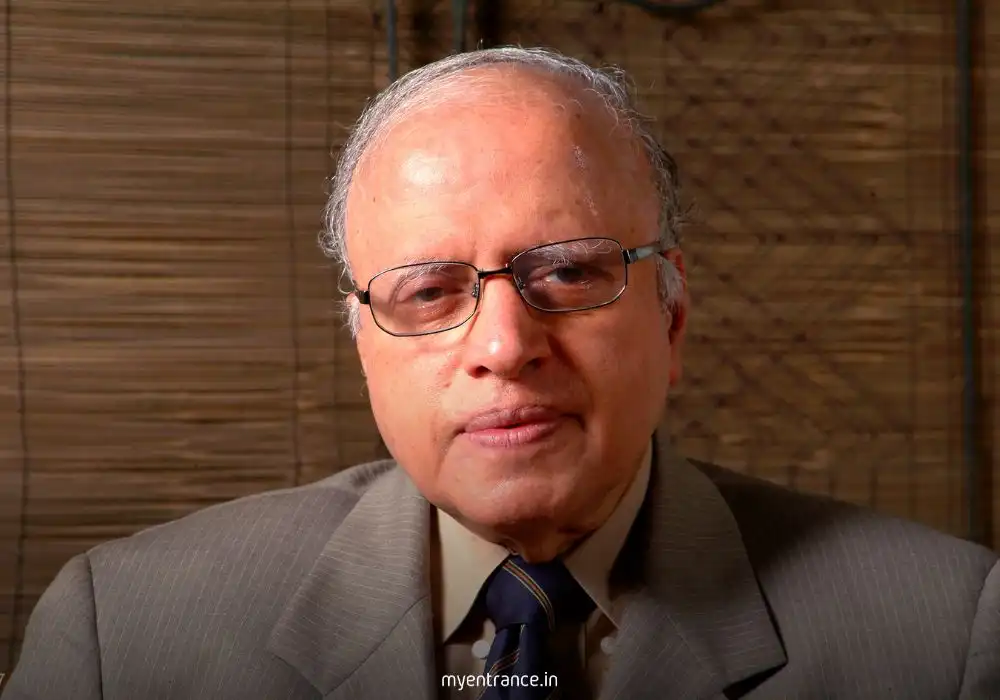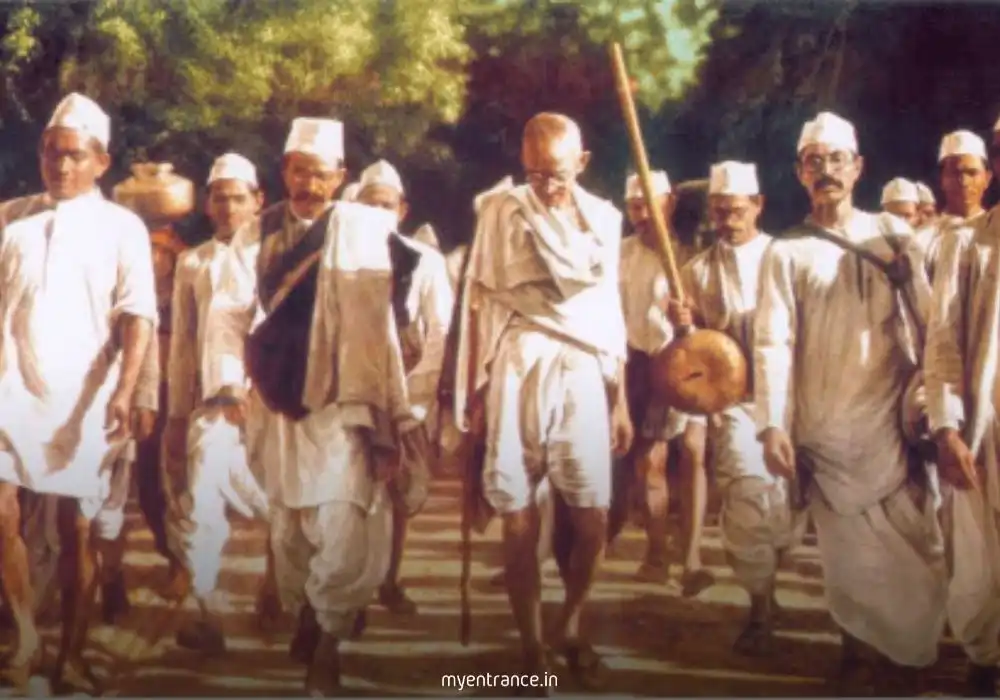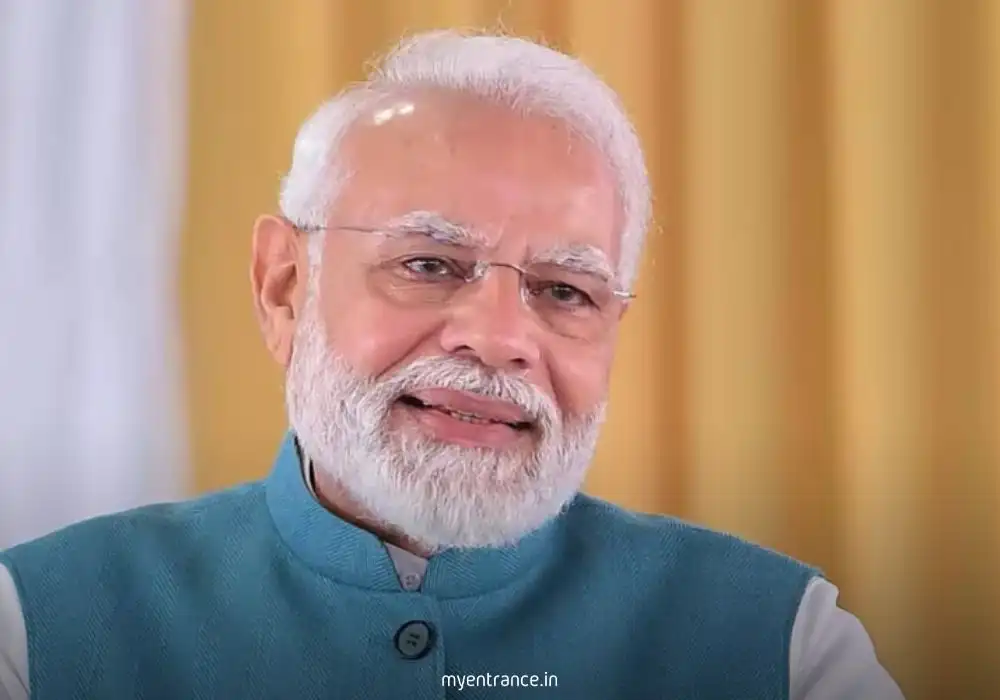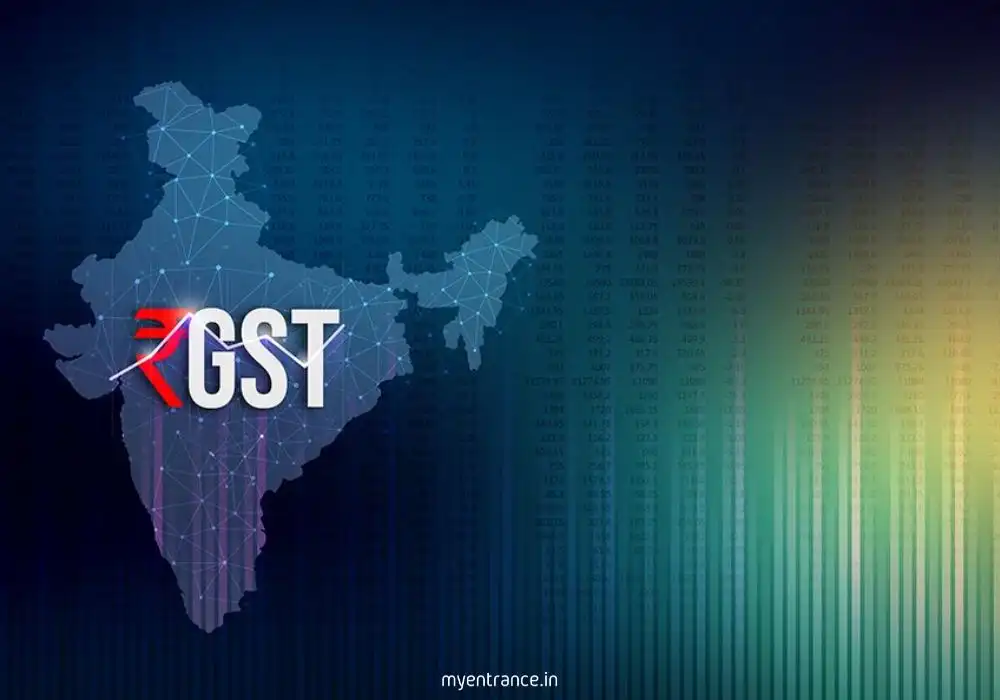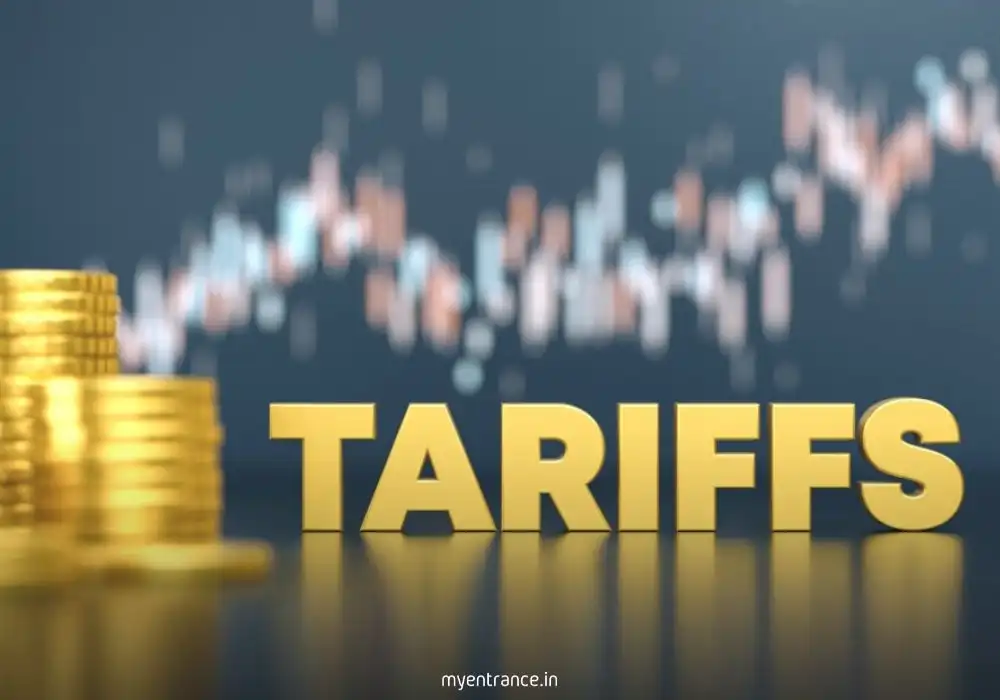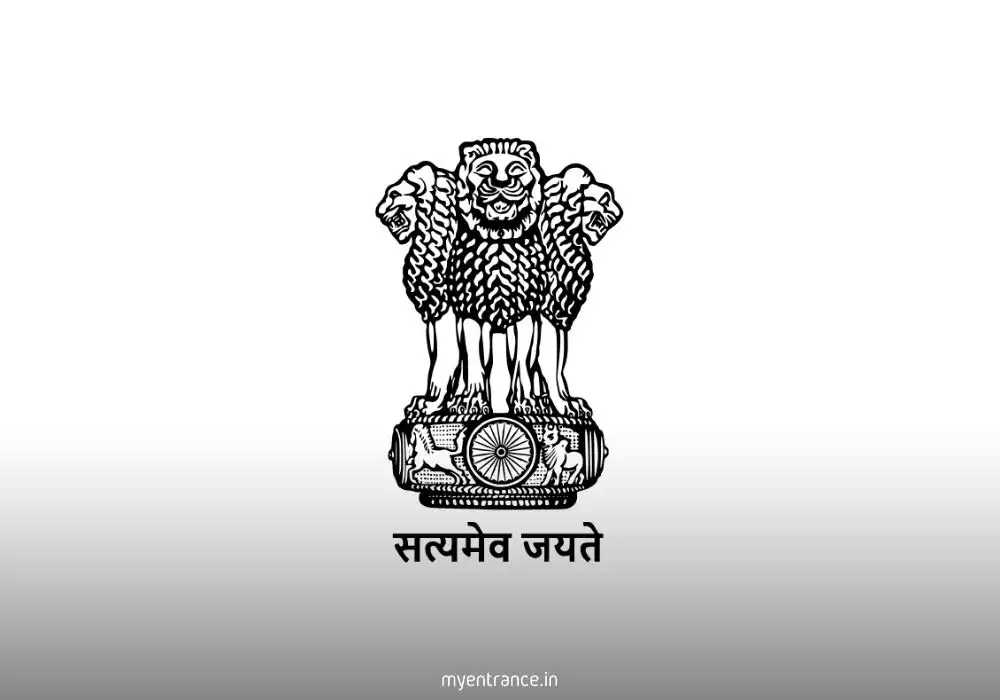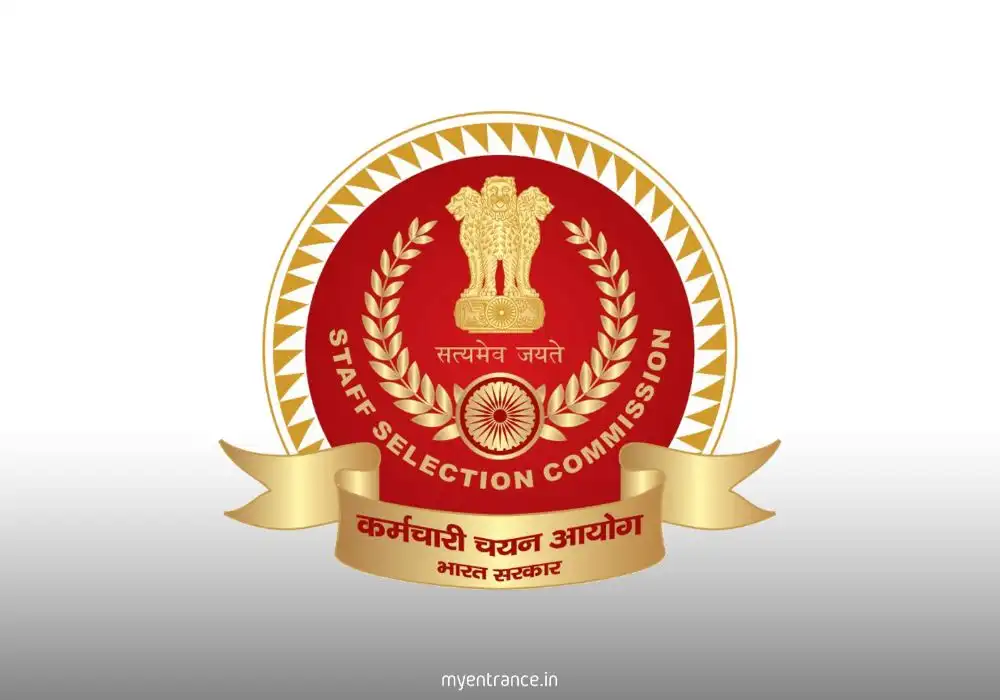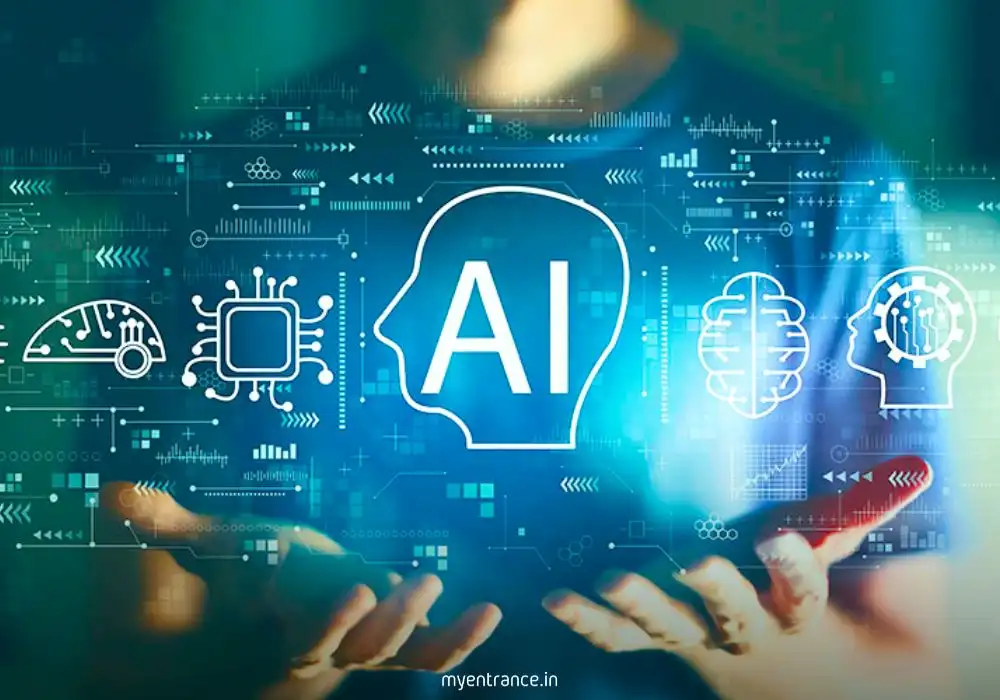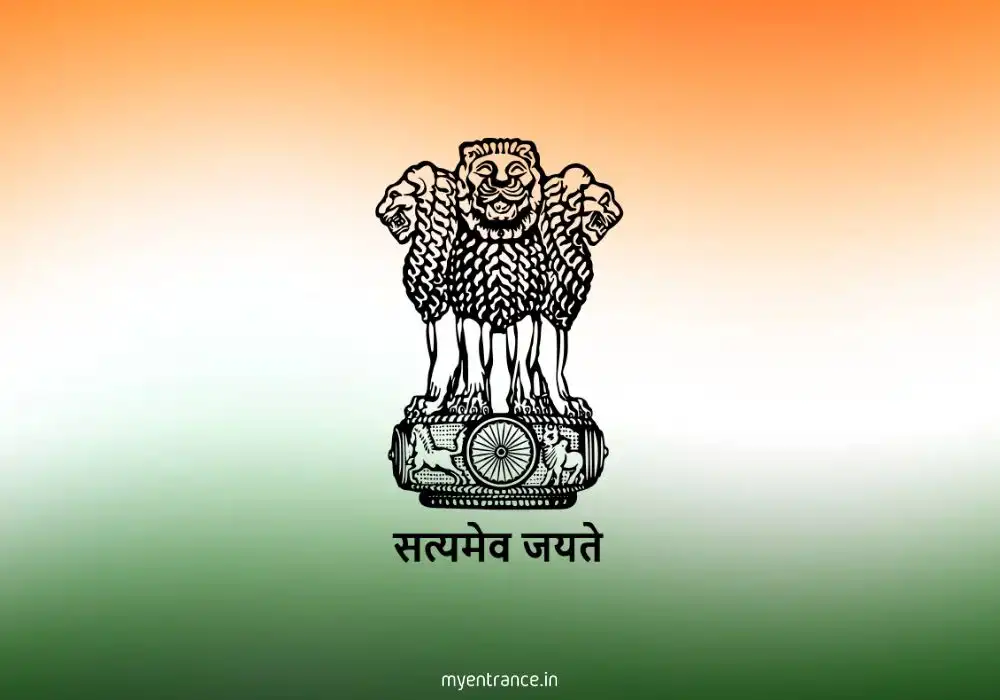Translate Language
About The Indian Rupee (INR): History, Features, and Role in the Economy
The Indian Rupee (INR) is the official currency of India, regulated by the Reserve Bank of India (RBI). Represented by the symbol ₹, introduced in 2010, the rupee is a cornerstone of India’s economy, influencing trade, inflation, and monetary policies. With a rich history dating back centuries, the INR has evolved through colonial rule, independence, and modern economic reforms. This article explores its historical journey, security features, RBI’s regulatory role, and future prospects, along with key questions for competitive exams.
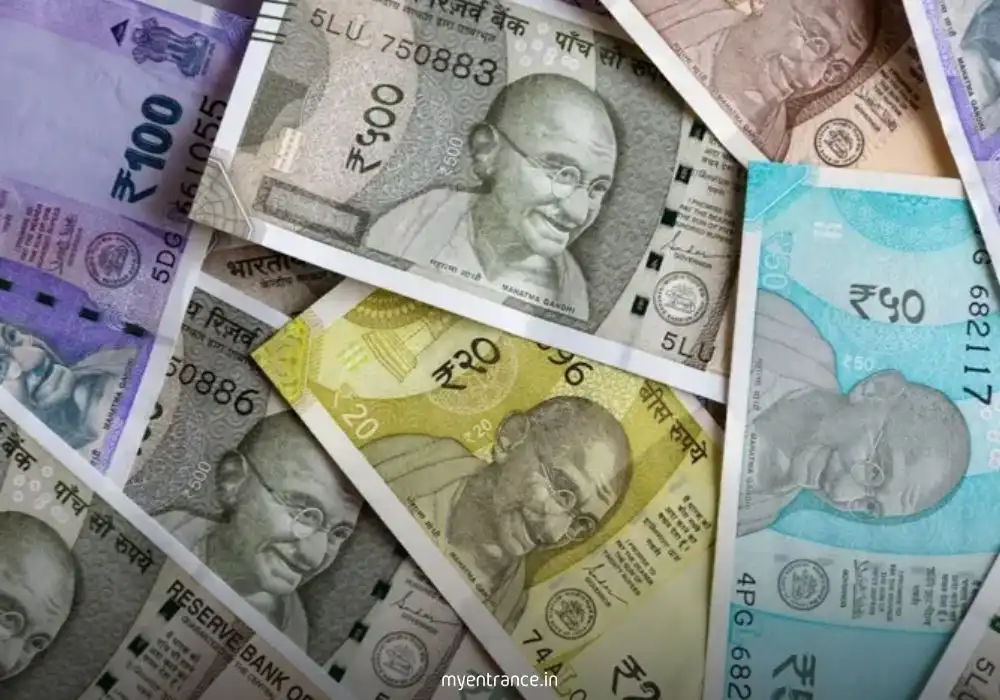
About the Indian Rupee (INR)
1. Historical Background
The term “Rupee” comes from the Sanskrit word “Rūpya”, meaning wrought silver.
The modern rupee was introduced by Sher Shah Suri (1540–1545) as a silver coin weighing 178 grains (11.53 grams).
During British rule, the rupee became the standardized currency of India (1835).
After independence (1947), the RBI took control of currency issuance.
Decimalization (1957): The rupee was divided into 100 paise, replacing the old system of annas and pies.
2. Currency Denominations & Security Features
Coins: ₹1, ₹2, ₹5, ₹10, and ₹20 (occasionally).
Banknotes: ₹10, ₹20, ₹50, ₹100, ₹200, ₹500 (post-demonetization).
₹2000 notes are being gradually withdrawn (since 2023).
Security Features:
Watermark (Mahatma Gandhi)
Micro-lettering & latent images
Color-shifting ink (changes hue when tilted)
Optically Variable Ink (OVI)
Tactile marks for the visually impaired
3. RBI’s Role in Currency Regulation
The Reserve Bank of India (RBI) regulates currency under the RBI Act, 1934.
Controls monetary policy using tools like:
Repo Rate (RBI’s lending rate to banks)
Reverse Repo Rate (banks’ deposit rate with RBI)
Cash Reserve Ratio (CRR) & Statutory Liquidity Ratio (SLR)
Manages exchange rates via a floating system (market-driven with RBI intervention).
4. International Trade & the Rupee
The INR is partially convertible (freely allowed for trade, but restricted for investments).
India promotes rupee trade settlements with Russia, UAE, and Sri Lanka to reduce dollar dependency.
Exchange rates (vs. USD, EUR, GBP) impact imports, exports, and foreign investments.
5. Digital Rupee (e₹) & Modern Trends
Launched in 2022, the Digital Rupee (e₹) is India’s Central Bank Digital Currency (CBDC).
Aims to reduce cash dependency, improve payment efficiency, and enhance financial inclusion.
UPI & digital wallets (Paytm, PhonePe, Google Pay) dominate transactions today.
6. Challenges & Future Outlook
Inflation, oil imports, and global economic shifts affect rupee stability.
RBI monitors foreign exchange reserves to manage volatility.
As India targets a $5 trillion economy, the rupee’s role in global trade will expand.
Questions for Competitive Exams (UPSC, SSC, PSC, Banking)
Q1. Who regulates the issuance of Indian currency?
Ans: The Reserve Bank of India (RBI) under the RBI Act, 1934.
Q2. What does the symbol “₹” represent?
Ans: It combines the Devanagari ‘र’ (ra) and the Roman ‘R’, designed by Udaya Kumar Dharmalingam.
Q3. When was the Indian Rupee decimalized?
Ans: 1st April 1957 (1 rupee = 100 paise).
Q4. Which security feature helps the visually identify currency notes?
Ans: Tactile marks (raised patterns) on banknotes.
Q5. What was the main reason for demonetization in 2016?
Ans: To curb black money, counterfeit notes, and promote digital transactions.
Get 3 Months Free Access for SSC, PSC, NIFT & NID
Boost your exam prep!
Use offer code WELCOME28 to get 3 months free subscription. Start preparing today!
